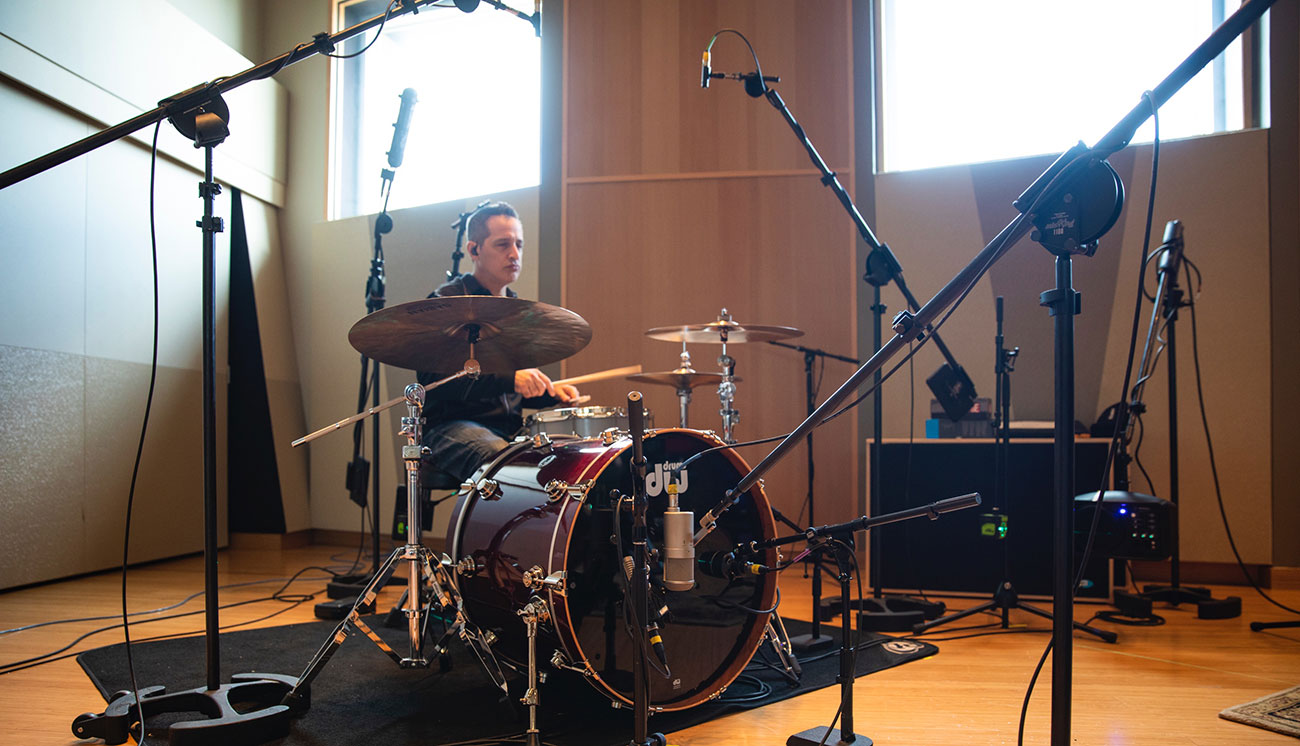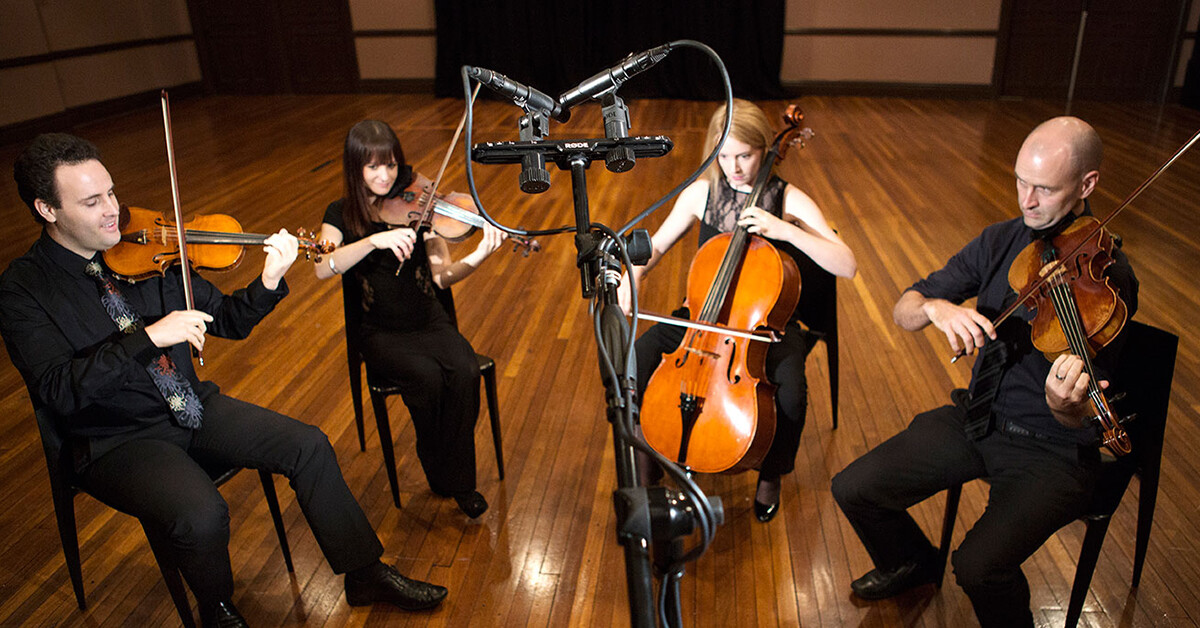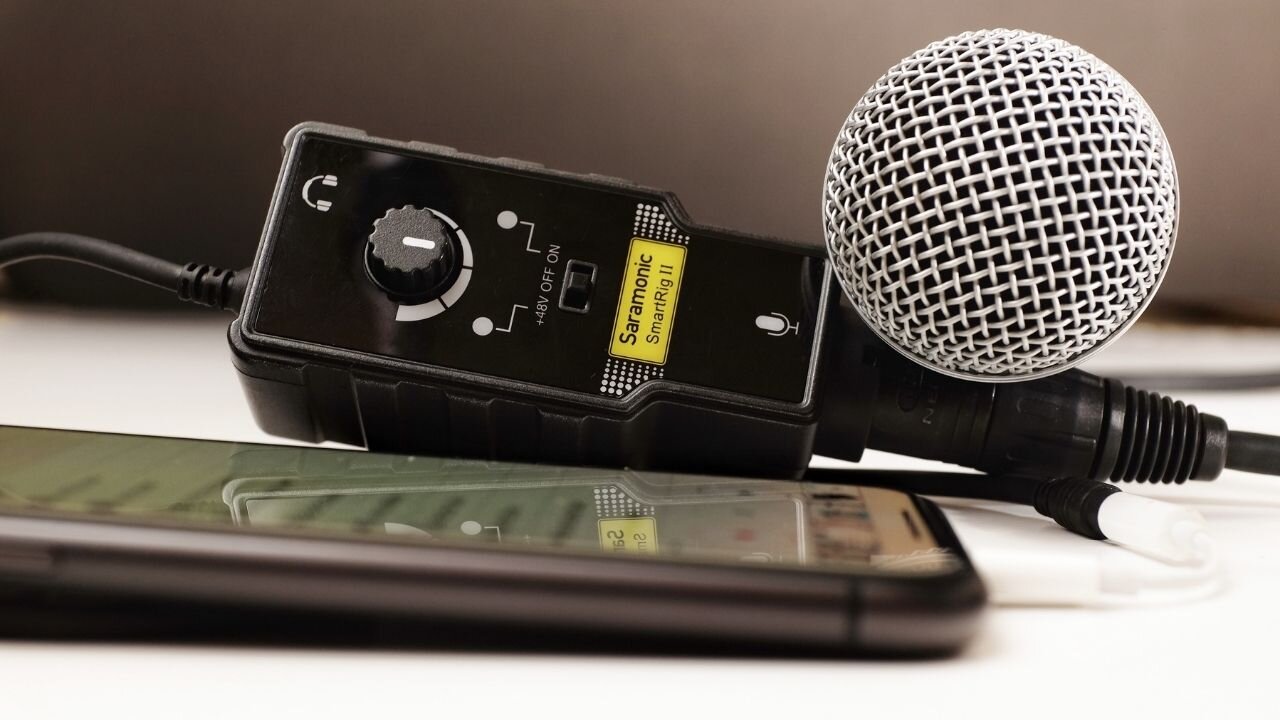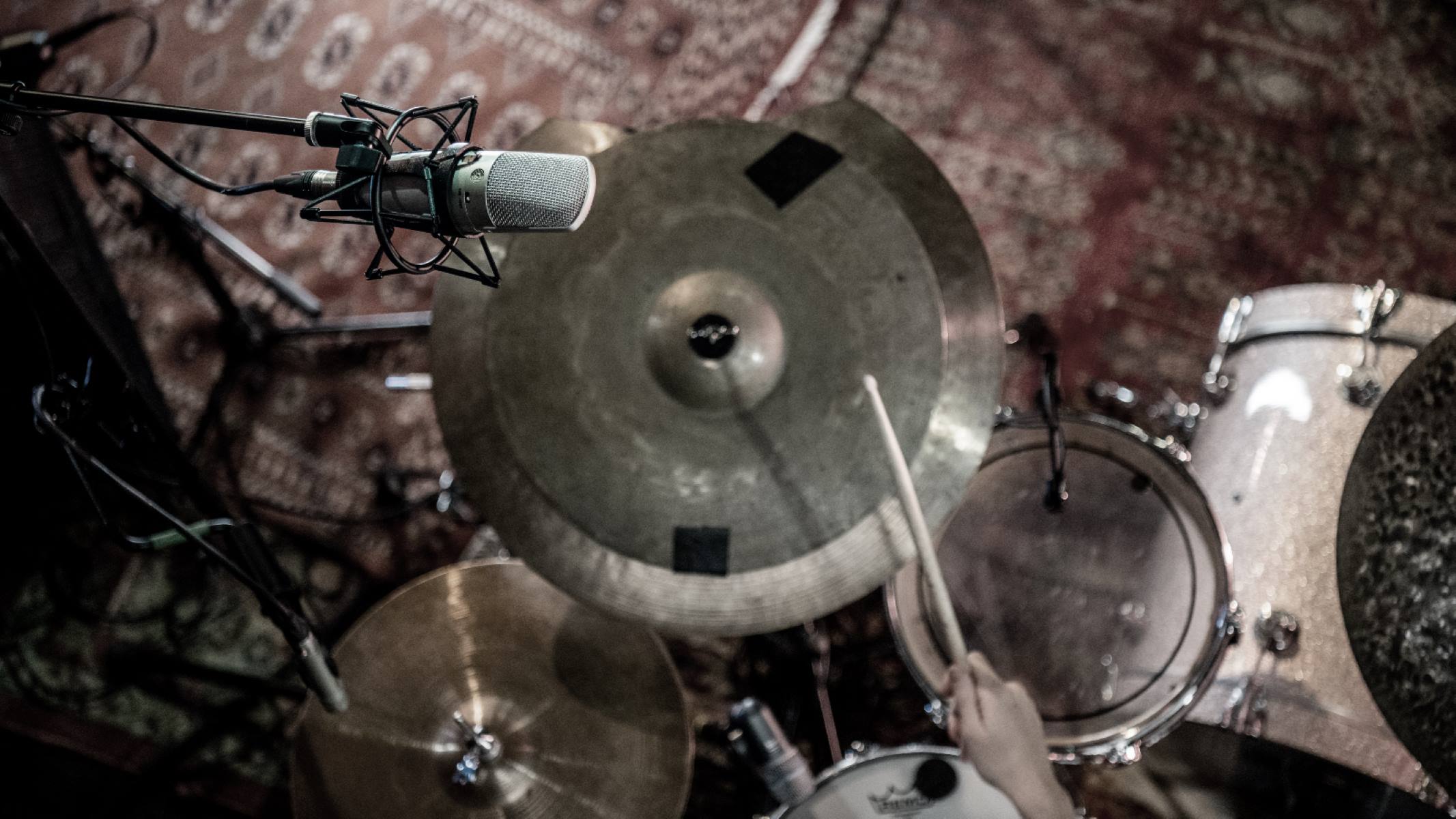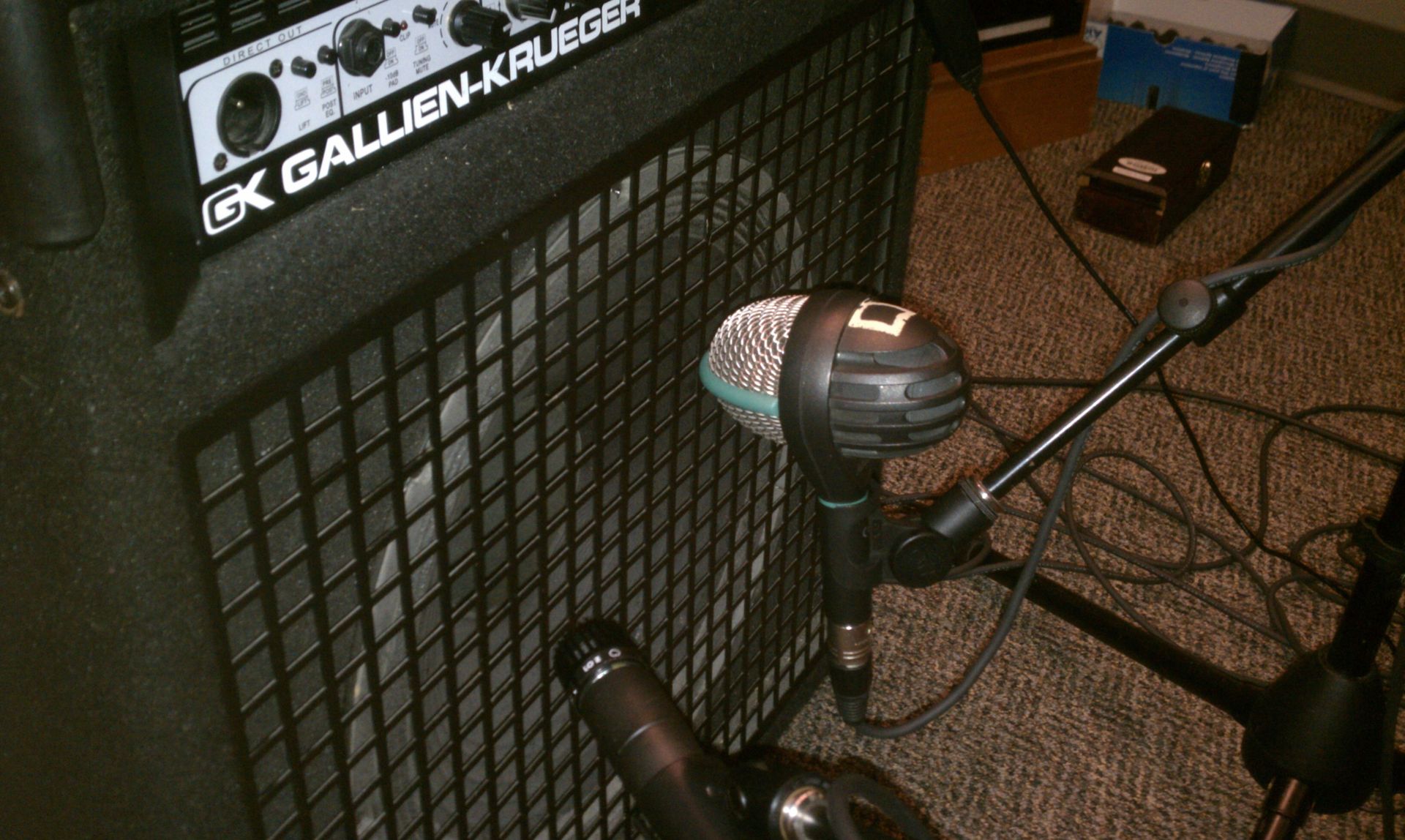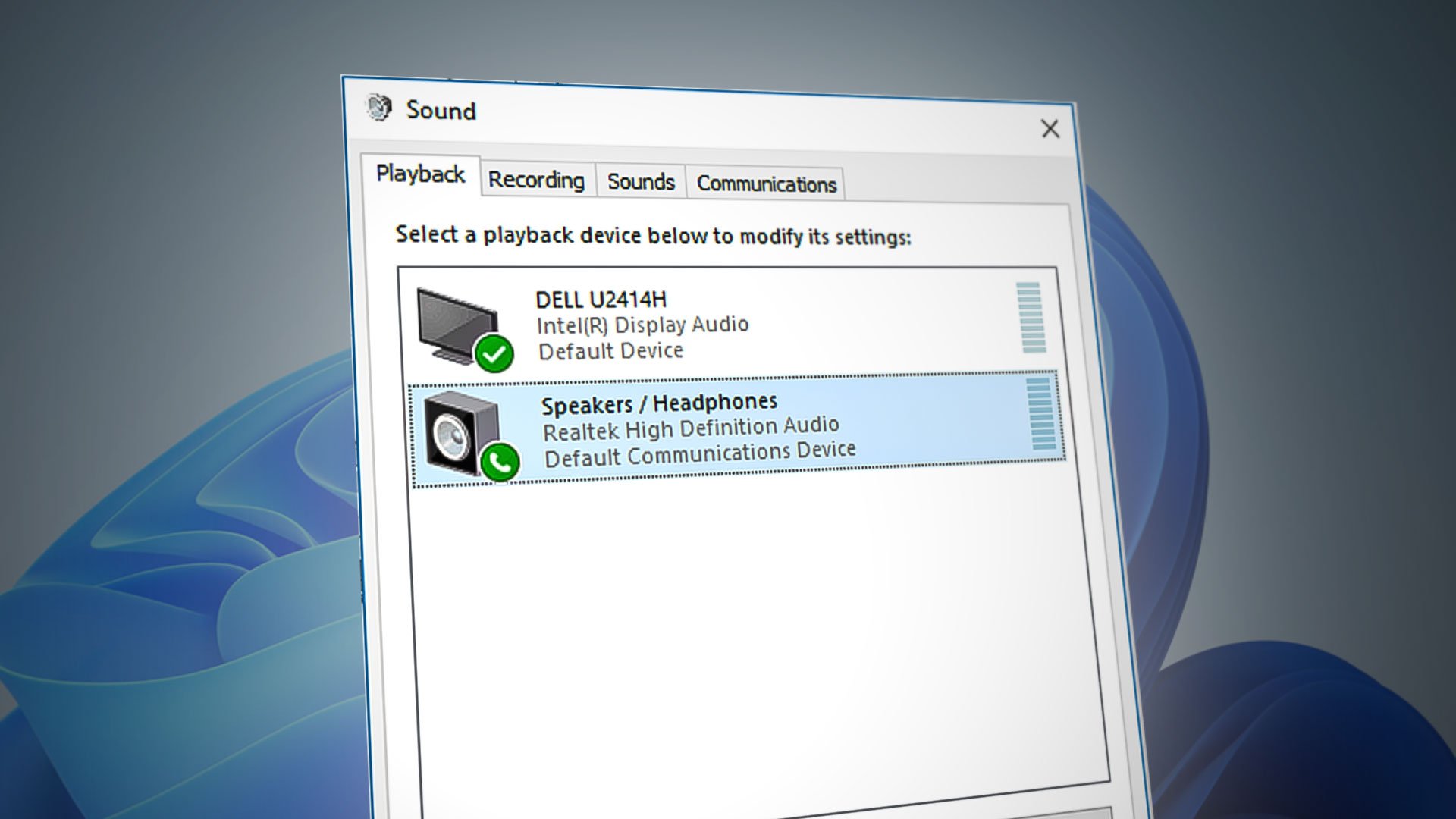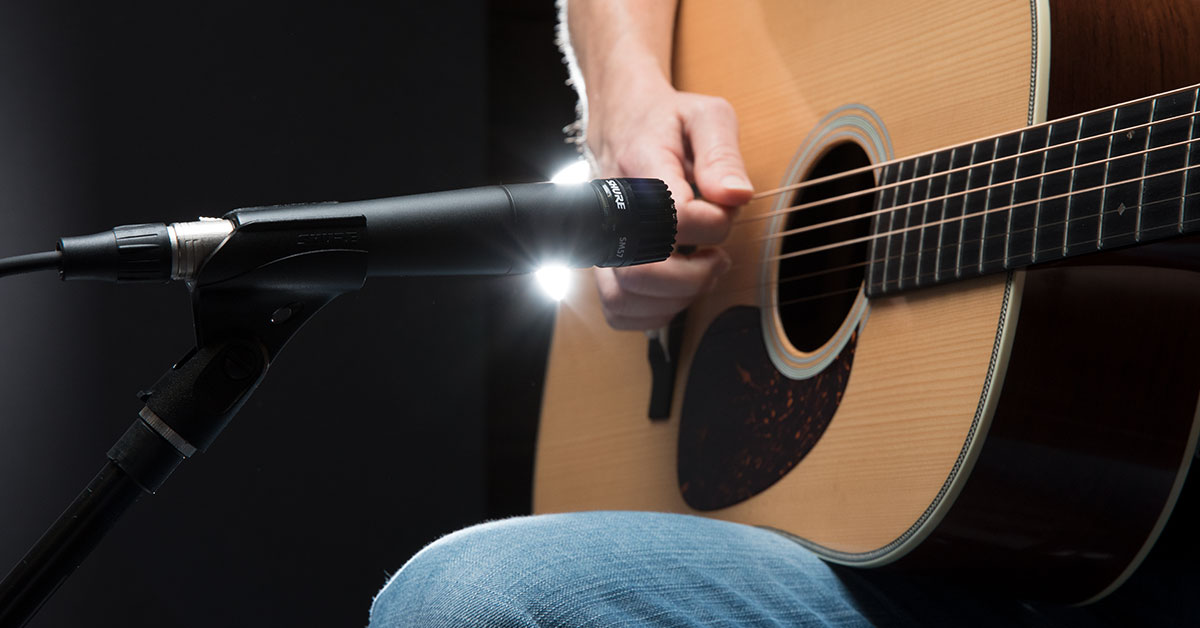Home>Instruments>Piano>How To Mic Grand Piano
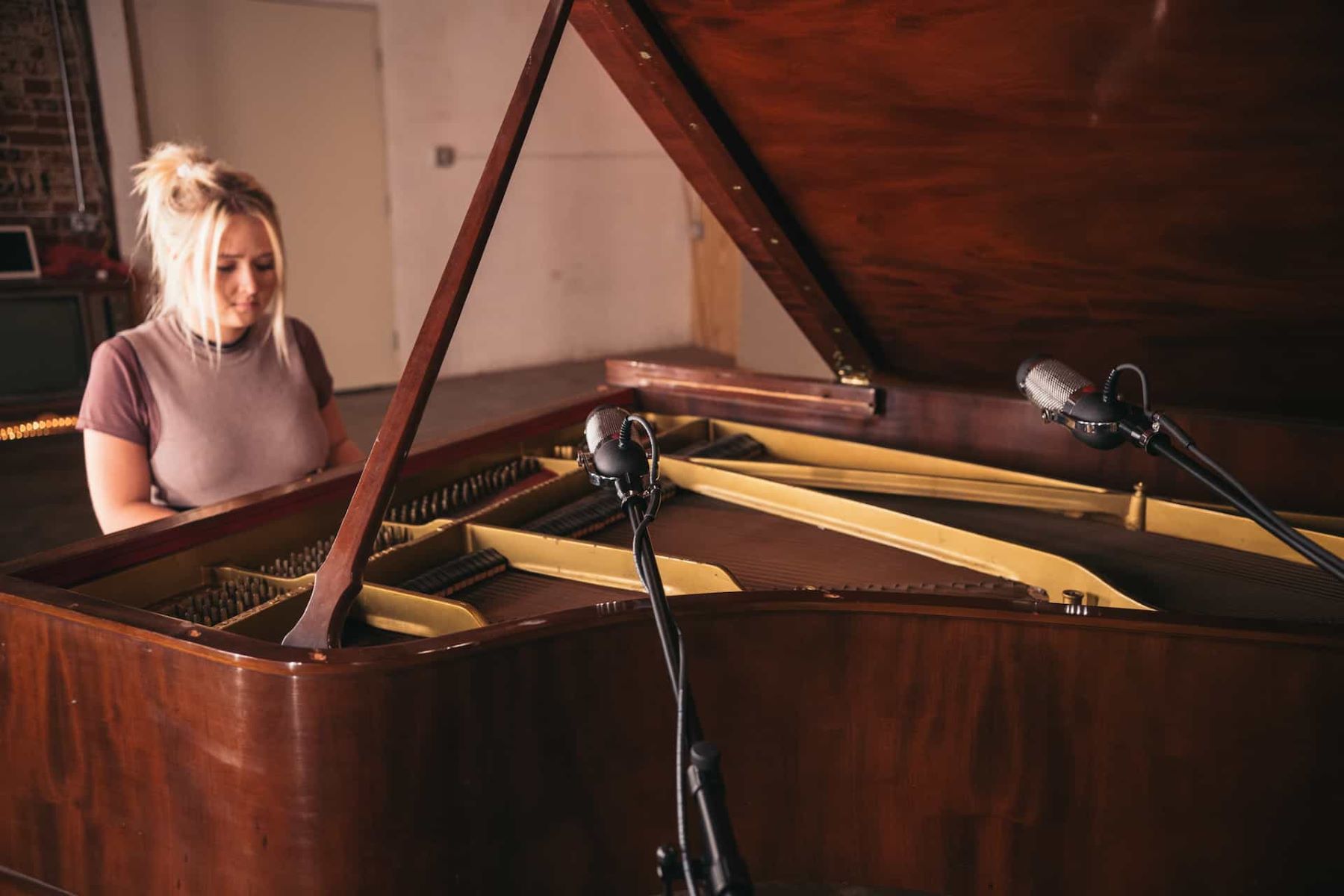

Piano
How To Mic Grand Piano
Modified: February 12, 2024
Learn how to properly mic a grand piano for the best sound quality. Discover the essential techniques and equipment for capturing the perfect piano recording.
(Many of the links in this article redirect to a specific reviewed product. Your purchase of these products through affiliate links helps to generate commission for AudioLover.com, at no extra cost. Learn more)
Table of Contents
Introduction
Introduction
The grand piano is a majestic and versatile instrument that produces a rich and complex sound. Capturing the nuances and depth of this instrument through microphones requires a thoughtful and strategic approach. Whether you are recording a classical performance, jazz improvisation, or pop ballad, the way you mic a grand piano can significantly impact the final audio quality. In this comprehensive guide, we will explore the essential steps for effectively miking a grand piano to achieve professional-grade recordings and captivating live sound.
Miking a grand piano is a delicate art that demands a deep understanding of the instrument's acoustics and the sonic characteristics of the desired sound. The placement of microphones, the choice of microphone types, and the overall setup play a pivotal role in capturing the full spectrum of the piano's tonal range. Additionally, the environment in which the piano is situated, the style of music being performed, and the intended purpose of the recording or amplification all influence the mic placement and selection process.
Throughout this guide, we will delve into the intricacies of selecting the right microphones, positioning them effectively, and fine-tuning the setup to achieve optimal results. Whether you are a seasoned audio engineer, a budding pianist looking to enhance your home recordings, or a musician preparing for a live performance, mastering the art of miking a grand piano can elevate the sonic experience and bring out the true essence of this iconic instrument. Let's embark on this sonic journey and unlock the secrets to capturing the grandeur of the piano through the art of microphone placement and selection.
Choosing the Right Microphones
Choosing the Right Microphones
When it comes to miking a grand piano, selecting the appropriate microphones is a critical first step in achieving exceptional audio quality. The tonal complexity and dynamic range of a grand piano necessitate a thoughtful approach to microphone selection. There are various types of microphones to consider, each with its own sonic characteristics and ideal applications.
1. Condenser Microphones: Condenser microphones are widely favored for miking grand pianos due to their sensitivity and ability to capture the nuances of the instrument’s sound. Large-diaphragm condensers, in particular, are popular choices for their ability to reproduce the full frequency range and subtle harmonics of the piano.
2. Ribbon Microphones: Ribbon microphones can impart a warm and vintage character to the piano’s sound. They excel in capturing the rich overtones and smooth tonal qualities of the instrument, making them a valuable addition to the microphone selection arsenal.
3. Stereo Pairing: Utilizing a stereo pair of microphones can provide a spacious and immersive sonic image of the grand piano. This approach involves placing two matched microphones to capture the instrument’s stereo field, allowing for a natural and expansive representation of the piano’s soundstage.
When choosing microphones for miking a grand piano, it is essential to consider the sonic characteristics you aim to capture, the recording environment, and the intended use of the audio. Additionally, experimenting with different microphone types and configurations can offer valuable insights into the sonic possibilities and help tailor the microphone selection to suit the specific musical context.
Placing the Microphones
Placing the Microphones
Once the appropriate microphones have been selected, the next crucial step in miking a grand piano is determining the optimal placement for capturing the instrument’s sonic essence. The placement of microphones significantly influences the tonal balance, stereo imaging, and overall sonic impact of the recorded or amplified piano sound. Here are several key considerations for effectively placing microphones to capture the grand piano:
- Inside the Piano: Placing microphones inside the piano can yield a unique and intimate perspective of the instrument’s sound. Small-diaphragm condenser microphones or specialized piano microphones can be positioned inside the piano, near the hammers or strings, to capture the intricate mechanical and tonal details of the piano’s inner workings.
- Overhead Position: Placing microphones in an overhead position, either in a spaced pair or as a single stereo microphone, can capture the full breadth of the piano’s sound. This approach allows for a balanced representation of the instrument’s tonal range and stereo imaging, providing a natural and immersive sonic experience.
- Close Miking: Utilizing close miking techniques involves placing microphones in close proximity to the piano’s soundboard or specific sections of the strings. This method can accentuate the piano’s dynamic range and articulation, making it ideal for capturing detailed performances and nuanced playing techniques.
- Room Miking: Incorporating room miking techniques by placing microphones at a distance from the piano can capture the instrument’s interaction with the acoustics of the space. This approach adds depth and ambience to the recorded sound, contributing to a more expansive and atmospheric sonic quality.
Experimentation with microphone placement is key to discovering the sonic possibilities and finding the most suitable approach for a given musical context. Additionally, considering the intended sonic aesthetic, the acoustic properties of the recording environment, and the desired balance between direct and ambient sound can guide the placement of microphones to achieve the desired sonic results.
Testing and Adjusting the Setup
Testing and Adjusting the Setup
Once the microphones are in place, testing and fine-tuning the setup is essential to ensure that the captured sound faithfully represents the grand piano’s tonal intricacies. This phase involves listening critically, making necessary adjustments, and optimizing the microphone placement to achieve the desired sonic outcome. Here are the key steps involved in testing and adjusting the miking setup for a grand piano:
- Sound Check: Conduct a thorough sound check to evaluate the initial capture of the piano’s sound. Listen attentively to the audio signal and take note of any tonal imbalances, phase issues, or unwanted artifacts that may require adjustment.
- Microphone Positioning: Fine-tune the positioning of the microphones based on the initial sound check. Small adjustments in microphone placement can have a significant impact on the tonal balance, stereo imaging, and overall sonic coherence.
- Monitoring Environment: Pay close attention to the monitoring environment, ensuring that the playback system accurately reflects the nuances of the captured piano sound. Address any room acoustics issues or monitor calibration discrepancies that may affect the perception of the recorded audio.
- Gain Staging: Optimize the microphone preamp gain staging to achieve an appropriate signal level without introducing noise or distortion. Carefully set the input levels to capture the full dynamic range of the piano while avoiding clipping or excessive noise.
- Listening Perspectives: Listen to the piano from various perspectives, including the performer’s position, the audience area (for live sound reinforcement), and the control room for recording applications. This multi-perspective evaluation can provide valuable insights into the overall sonic impact of the miking setup.
Throughout the testing and adjustment process, attentive listening and a methodical approach are crucial for refining the miking setup to meet the sonic expectations. It is important to trust your ears and make informed decisions based on the perceived sonic qualities, ensuring that the captured piano sound aligns with the artistic vision and technical requirements of the recording or amplification.
Conclusion
Conclusion
Miking a grand piano is a nuanced and rewarding endeavor that demands a blend of technical expertise, sonic artistry, and a deep understanding of the instrument’s acoustic characteristics. By carefully choosing the right microphones, strategically placing them, and meticulously testing and adjusting the setup, it is possible to capture the full sonic splendor of the grand piano in recordings and live performances.
Throughout this guide, we have explored the essential considerations for miking a grand piano, emphasizing the importance of microphone selection, placement techniques, and the critical process of testing and fine-tuning the setup. Whether you are aiming to capture the expressive nuances of a classical piano recital, the dynamic energy of a jazz performance, or the emotive resonance of a pop ballad, mastering the art of miking a grand piano can elevate the sonic experience and transport listeners into the heart of the music.
As you embark on your journey of miking grand pianos, remember that experimentation, attentive listening, and a willingness to adapt to the unique sonic demands of each musical context are key to achieving exceptional results. Whether you are an audio engineer, a pianist, a producer, or a music enthusiast, the art of miking a grand piano offers a canvas for sonic creativity and sonic storytelling.
May this guide serve as a valuable resource as you venture into the realm of capturing the grandeur and intimacy of the piano through the art of microphone placement and selection. With a discerning ear, a passion for sonic excellence, and a commitment to honing your miking skills, you can embark on a sonic odyssey that brings out the true essence of the grand piano in all its resplendent glory.


